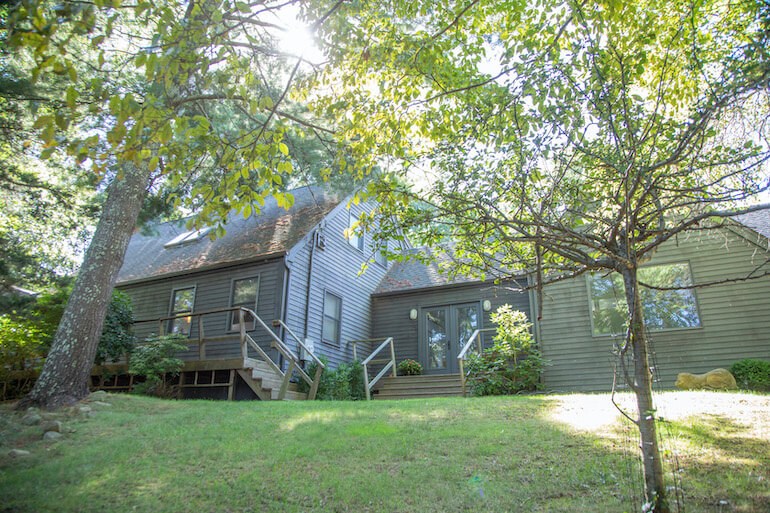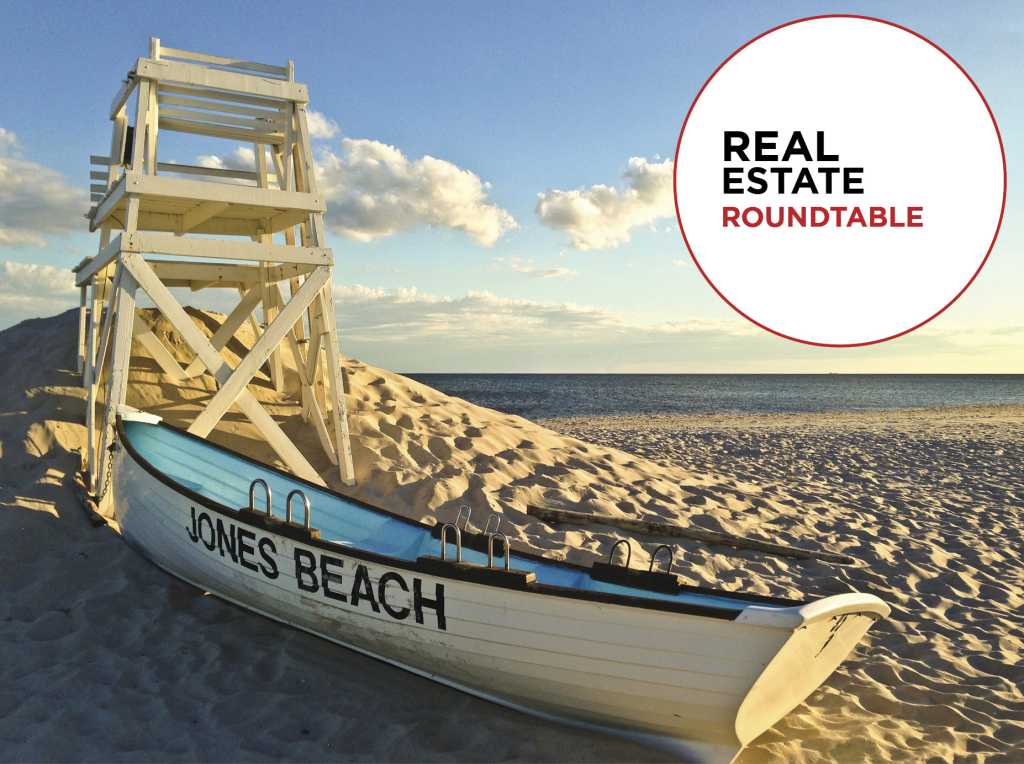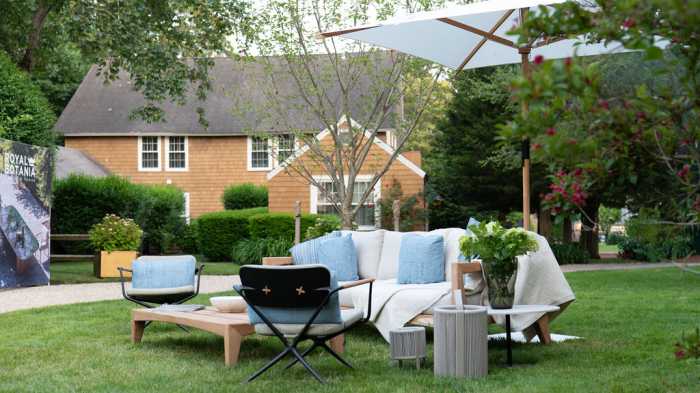Elaine de Kooning House and Studio in East Hampton Nominated to State, National Registers of Historic Places

The New York State Board for Historic Preservation has recommended the Elaine de Kooning House and Studio in East Hampton be added to the State and National Registers of Historic Places, Governor Kathy Hochul announced on Friday.
The Elaine de Kooning House and Studio, located at 55 Alewive Brook Road, was nominated as a locally significant place, according to the nomination paperwork, as de Kooning was a prominent abstract expressionist artist who lived and worked for 14 years, until she died in 1989.
“Along with Perle Fine and Lee Krasner, Elaine is considered to be among the ‘first generation’ of female Abstract Expressionist painters, as well as a member of the New York School in conjunction with famous male contemporaries, such as her husband Willem de Kooning and fellow artists Mark Rothko, Franz Kline, and Jackson Pollack,” it states.
Being listed on the state and national registers can help owners revitalize properties, as designated properties are eligible for various public preservation programs and services, such as matching state grants and state and federal historic rehabilitation tax credits.
Elaine de Kooning purchased the property in Northwest Woods in 1975 and added the studio three years later (Though she reconciled with Willem de Kooning that year after a long separation, he continued to maintain his own home in Springs).

She created her last important bodies of work in the home and studio, such as the Cave Walls and Cave Paintings, from 1985 to 1988. “Elaine experimented with new themes and series, engaged with the local community of abstract artists, and gained increasing recognition for her current and earlier work,” according to the nomination form.
It was also where she painted a commissioned portrait of the Brazilian soccer player Pele, according to the Elaine de Kooning House and Studio organization website. She was known for her portraits of President John F. Kennedy, Allen Ginsberg and many others.
The property at 55 Alewive Brook Road is set on a 1.114-acre with a long driveway that leads up to the house, which de Kooning transformed into a year-round residence after the purchase. The large open studio with massive windows and a loft space is part of the structure, but it is a separate section, designed by the architect Hans Noe. The two-story, side-gabled house, originally built in 1968, and the one-and-a-half-story, cross-gabled studio that is connected by a one-story, L-shaped hyphen. A wood porch, added on in 1982, wraps around the house, connecting it to the studio, the state wrote.
The studio space is made up of a small bedroom, bathroom, living area and large open studio space. Artwork by the various artists in residence hangs on the walls. “Elaine de Kooning’s artist’s ladder is featured prominently in the studio,” the nomination says. while her husband spent time at the house, he did not create art there, the state adds.
“The bedroom has open closets, plywood floors, and pocket doors with a divided light transom above. The bathroom features 1970s era fixtures and the living area features a large sectional couch as well as de Kooning’s wooden storage cabinet with deep shallow drawers to store paintings,” it continues. “The north wall of her studio is emblazoned with her initials, ‘E de K.'”
“Elaine’s 14-year relationship with her property in East Hampton significantly impacted and influenced her artistic career,” the state says. “This is directly reflected in her use and modification of the building between 1975 and 1978, and the creation of a large studio and loft addition. The open spaces and cathedral ceilings in her new studio space facilitated the creation of new critically acclaimed art.”

After her death, several others owned the house including sculptor John Chamberlain and painter Richmond Burton, before it was purchased by Chris Byrne to be used as an artist residency.
Among the other 20 homes in New York State recommended for the National Register of Historic Places are a New York City home of a prominent 20th-century social justice advocate, a North Country lumber baron’s residence, a summer camp founded by a 19th-century spiritual community and a former Buffalo radiator factory.
“New York is home to so many historic gems of industry and culture, and through these nominations, those places can truly be recognized,” Hochul said in a statement. “By including them in the historic registers, it ensures resources are available to maintain these meaningful reminders of the past. New York is a global spot for tourism, and bringing awareness to these 21 places will help draw even more visitors for years to come.”
There are more than 120,000 historic properties throughout the state listed on the National Register of Historic Places, individually or as components of historic districts. Places on the National Register of Historic Places on the East End include the Amagansett Life-Saving Station, the Pollock-Krasner House and Study Center in Springs and the Sag Harbor Hills, Azurest, and Ninevah Beach Subdivisions Historic District, among many others.
Email tvecsey@danspapers.com with further comments, questions, or tips. Follow Behind The Hedges on Twitter, Instagram and Facebook.








